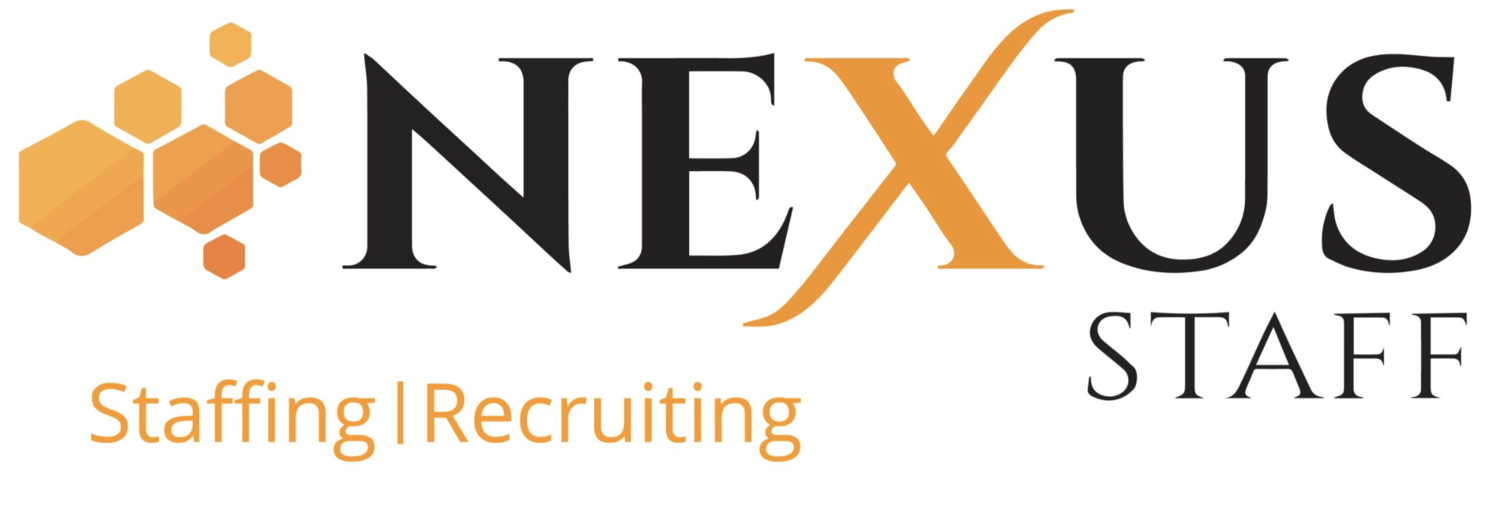Five Tips For Creating A Successful Onboarding Program
The interview process is all said and done and your perfect candidate has officially accepted their offer. In just two weeks, they’ll be singing on for their first day. From that moment on, the efforts your company makes to assimilate the new hire into their role and welcome them to the company can set the tone for their feelings toward the new role well beyond their first day. In fact, research suggests the better the onboarding process is for a new hire, the better that organization’s retention and productivity are. With this in mind, follow these five tips for creating a successful onboarding program.
Go over expectations
First and foremost, while welcoming a new employee into your organization, it’s important to know the expectations both of you have set. What does the new hire hope to learn or gain in this role, and what is expected of them from the organization's perspective? Putting this information out in the open ensures both parties can effectively communicate and provide the necessary resources for the other to succeed.
Set up orientation/trainings
Nobody wants to jump into a new role unsure of themselves or the company they’re working for. That’s why providing a new employee orientation or training sessions throughout your company’s onboarding process is key. Whether it’s through ongoing training sessions or a one-time new hire orientation, this step can ease a new hire’s first-day jitters by giving them the opportunity to ask any last minute questions, better understand their new responsibilities, and familiarize themselves with important company policies and procedures.
In addition, conducting orientation or training sessions as a group can give new hires the opportunity to build relationships from the start and feel more comfortable in their new role.
Emphasize company culture
A new employee’s onboarding process isn’t just an introduction to a new role, it can also be their introduction to your company culture and a first impression of why the organization does what it does, and the driving factors behind that “why.” This means you’ll want to be sure to give new hires a rundown of the culture you’ve created at your organization and show tangible evidence of that culture in action. Perhaps this looks like stressing philanthropic efforts made by your company, sharing news of upcoming employee engagement opportunities, or explaining the emphasis your organization puts on work-life balance.
Give employees a checklist of their own
From an employee’s perspective, starting a new role can be an exciting yet confusing time. Keeping track of training, attending introductory meetings, and just ensuring they’ve brought the necessary documents and paperwork to their first day of work all while settling into new responsibilities can seem a little hectic at first. Ensure your new hire doesn’t get overwhelmed by providing them with a checklist of their own to follow. For an extra helpful guide, break down their new employee checklist into sections such as what should be done prior to their start date, on their first day, and during their first week and first few months.
Ask for feedback
Receiving employee feedback means getting information right from the source that knows it best! Once your new hire has finished the onboarding process, be sure to ask for feedback – what worked and what didn’t work or what could have been done differently.
When the information has been collected, how your company uses this feedback is crucial. Applying the suggestions you’ve been given will create a positive cycle of satisfied new hires and ultimately benefit your organization’s overall business performance. Remember, when employees feel their thoughts and opinions are valued in their organization, they’re more likely to work hard and be engaged with their work.
Still searching for your next hire? Nexus can help! Our team of experienced hiring professionals works closely with candidates to find the perfect match for jobseekers and organizations alike. Contact us today to get started.







